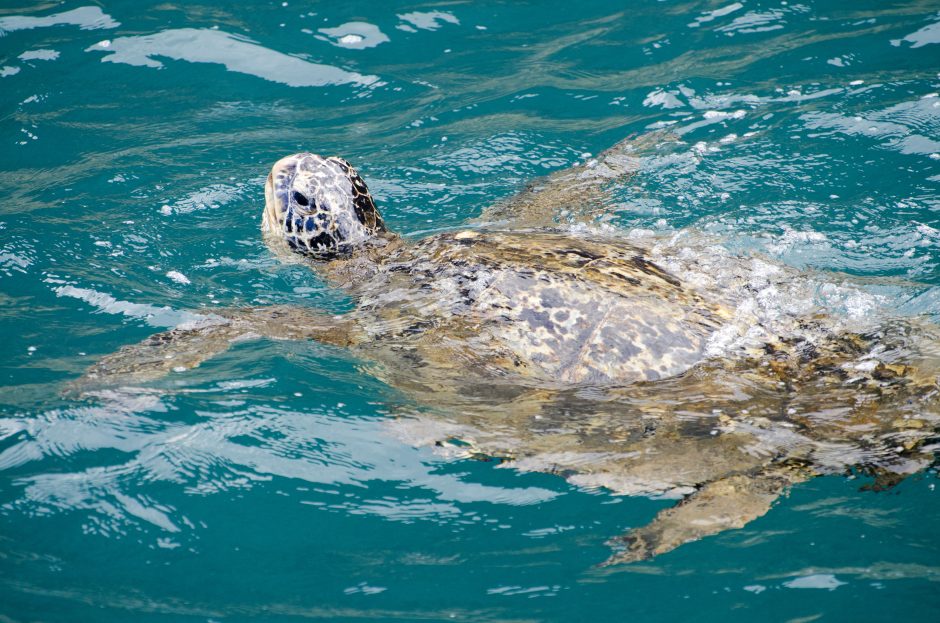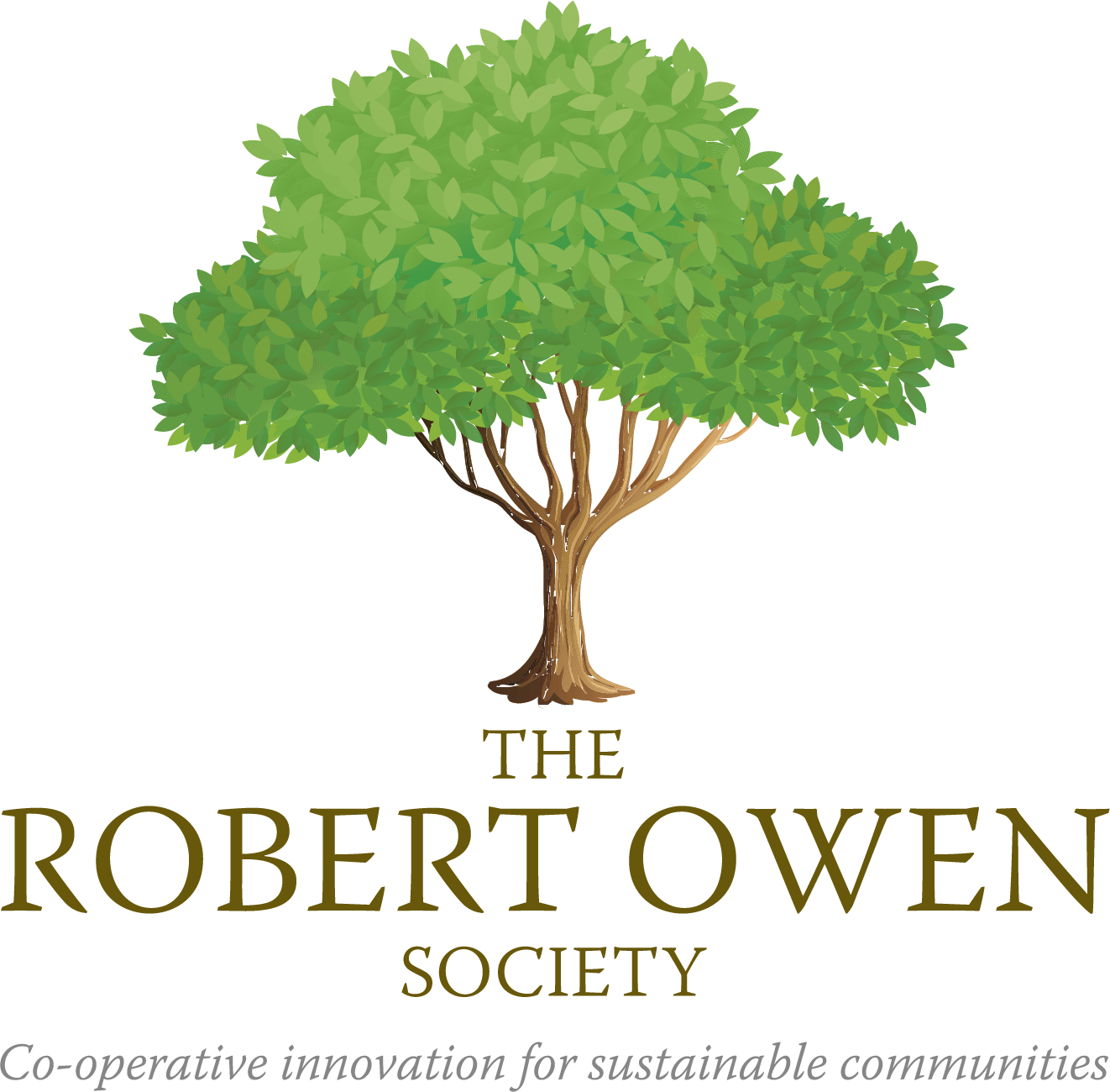The co-op has agreed the plan with government environmental bodies to reduce the impact of its operations on marine and bird life

Kauaʿi Island Utility Cooperative (KIUC) has unveiled a US$265m habitat conservation plan to minimise its impact on threatened wildlife.
The co-op is acquiring an incidental take permit – which is required for otherwise lawful projects that might result in the take of an endangered or threatened species – from the US Fish and Wildlife Service and an incidental take license (ITL) from the Hawai‘i Department of Land and Natural Resources’ Division of Forestry and Wildlife.
The permits would allow the continued operation and maintenance of existing and new KIUC infrastructure for the next 50 years. KIUC has developed the conservation plan to support the issuance of these permits.
The plan’s covered species are the green sea turtle, Hawaiian goose, Hawaiian common gallinule, Hawaiian coot, Hawaiian duck, Hawaiian stilt, band-rumped storm-petrel, Hawaiian petrel and Newell’s shearwater.

The co-op is responsible for the production, purchase, transmission, distribution, and sale of electricity on Kauaʻi, which has a land area of around 550 square miles. It owns and operates a variety of electrical utility installations including fossil fuel-fired, hydroelectric, and solar generating facilities, 17 substations and switchyards, and approximately 1,487 circuit miles (2,393 km) of transmission and distribution lines.
KIUC’s conservation strategy is based on a set of biological goals and objectives for each covered species. These were designed to minimise impact from power line strikes and light attraction from streetlights while mitigating as much as possible any unavoidable effects and contributing to species recovery.
Another component of the strategy is adaptive management, which, says KIUC, will monitor results to adjust conservation measures and better meet the goals of the plan.
Measures included power line collision minimisation projects; minimising light attraction; funding for the Save Our Shearwaters Program; managing and enhancing seabird breeding habitat and colonies at conservation sites; a green sea turtle nest detection and temporary shielding program; and identifying and installing practicable permanent light minimisation techniques for green sea turtles.
The cost of the plan will be included in KIUC’s annual operating budget and paid for by customers via energy sales. The co-op says it included $4.9m in operating expenses and $14.1m in capital costs related to endangered species compliance for the test year of 2023, as part of its recent rate case filing with the Public Utilities Commission. The estimated cost of the habitat conservation plan over the 50-year period is just under $265m.
The plan will be available for public review and comment by 24 March. Comments may be emailed to dofaw.hcp@hawaii.gov or mailed to Department of Land and Natural Resources, 1151 Punchbowl Street, Room 325, Honolulu, Hawaii 96813 or to hcp@kiuc.coop.
KIUC was bought out from Citizen Utilities by a group of local business people, who converted it into a co-op in 2002. At the time Kauai’s electric rates were among the highest in the nation. Not only did they stabilise since then, but the co-op had no rate increases between 2009 and 2020. It has also already achieved its 70% renewable power by 2030 target.
“We’ve essentially reached the State’s 2040 renewable benchmark a full nineteen years early, and nine years ahead of our Board of Directors’ strategic goal,” stated KIUC’s president and chief executive David Bissell, following the utility’s annual Renewable Portfolio Standards (RPS) filing with the Hawaiʻi Public Utilities Commission. He added that 69.5% is more than double the State of Hawaiʻi’s current RPS requirement of 30%. Kauaʻi’s power generation mix for 2021 included 45% solar, 14% hydro and 11% biomass.
In December 2022, for only the second time in its 20-year history, the co-op asked the Hawaiʻi Public Utilities Commission (PUC) for an increase in rates to address the gap in sales growth versus inflation.
This increase is designed to provide the co-operative with an approximate 9.42% increase in its electric revenues and will cost the average residential customer an extra $19 for 500 kilowatt hours per month.
“There’s never a good time to increase rates,” said Bissell. “However, since our last base rate increase in 2010, growth in electricity sales has lagged far behind inflation, so an adjustment is necessary.”
With thanks to thenew.coop
